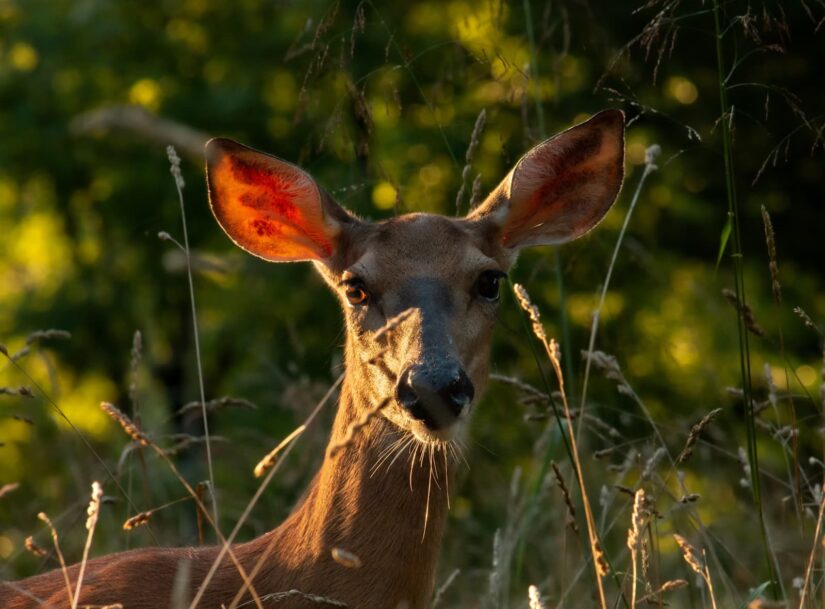Chasing Wildlife in West Virginia: Must-See Creatures and Habitats
West Virginia, known as the Mountain State, offers an unparalleled opportunity to explore an astonishing diversity of wildlife. Its rugged terrain, dense forests, and rich waterways make it a haven for countless species of animals, many of which thrive exclusively in this region. From elusive predators to delicate amphibians, this guide delves deeper into the creatures you might encounter and the habitats they call home.
Convenient Access to Nature
Getting to these wildlife havens is simpler than you might expect. With regional airports like Yeager Airport in Charleston and North Central West Virginia Airport near Bridgeport, travelers have easy access to the state’s stunning natural landscapes. These West Virginia airports serve as gateways for wildlife enthusiasts looking to immerse themselves in the state’s untamed beauty. Once you land, you’re only a short drive away from some of West Virginia’s most extraordinary habitats.
Mammals: The Icons of Appalachia
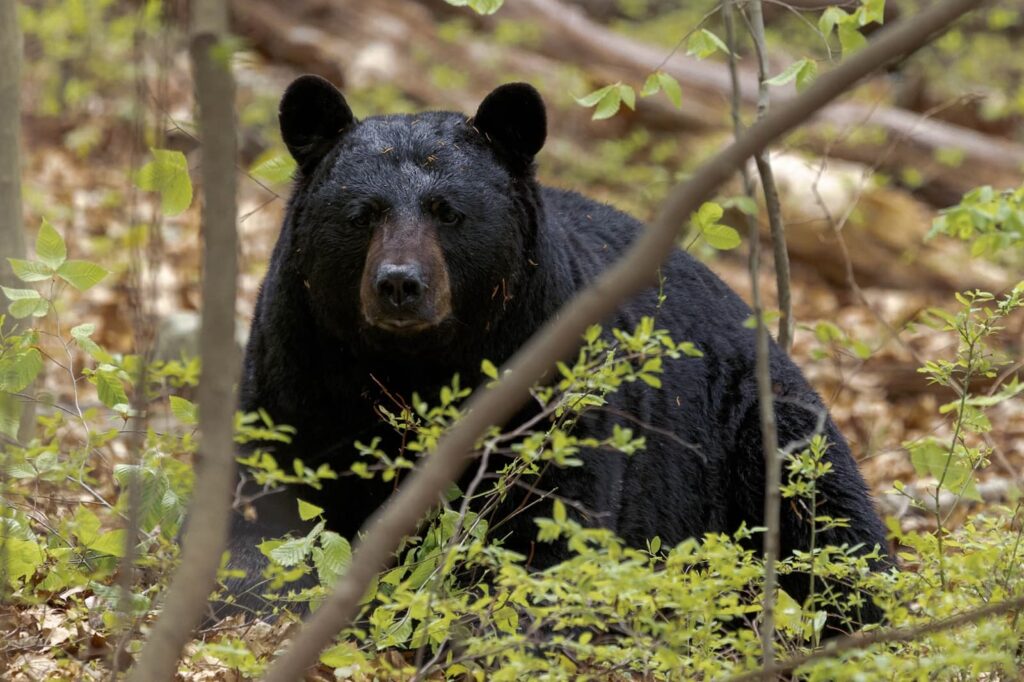
West Virginia’s mammals are as diverse as its landscapes. Whether you’re hiking through its forests or wandering its meadows, these are some of the fascinating creatures you might encounter:
Black Bear
The black bear is West Virginia’s state animal and a symbol of its untamed wilderness. These solitary animals are primarily found in the Monongahela National Forest and other heavily wooded areas. Black bears are omnivorous, feeding on berries, nuts, insects, and small mammals. Despite their size, they are excellent climbers and swimmers.
Eastern Coyote
Adaptable and elusive, the eastern coyote can thrive in forests, fields, and even near urban areas. Known for its distinctive howl, this predator plays an important role in controlling populations of rodents and other small animals.
Elk
Once extinct in the region, elk have been successfully reintroduced in southern West Virginia, particularly in the Hatfield-McCoy area. These majestic creatures are most active at dawn and dusk, and their bugling calls during mating season are a thrilling sound for visitors.
River Otter
Playful and agile, river otters have made a comeback in West Virginia’s waterways thanks to conservation efforts. These social animals often travel in family groups and can be seen sliding down riverbanks or gliding gracefully through the water.
Birds: The Avian Wonders of the Mountain State
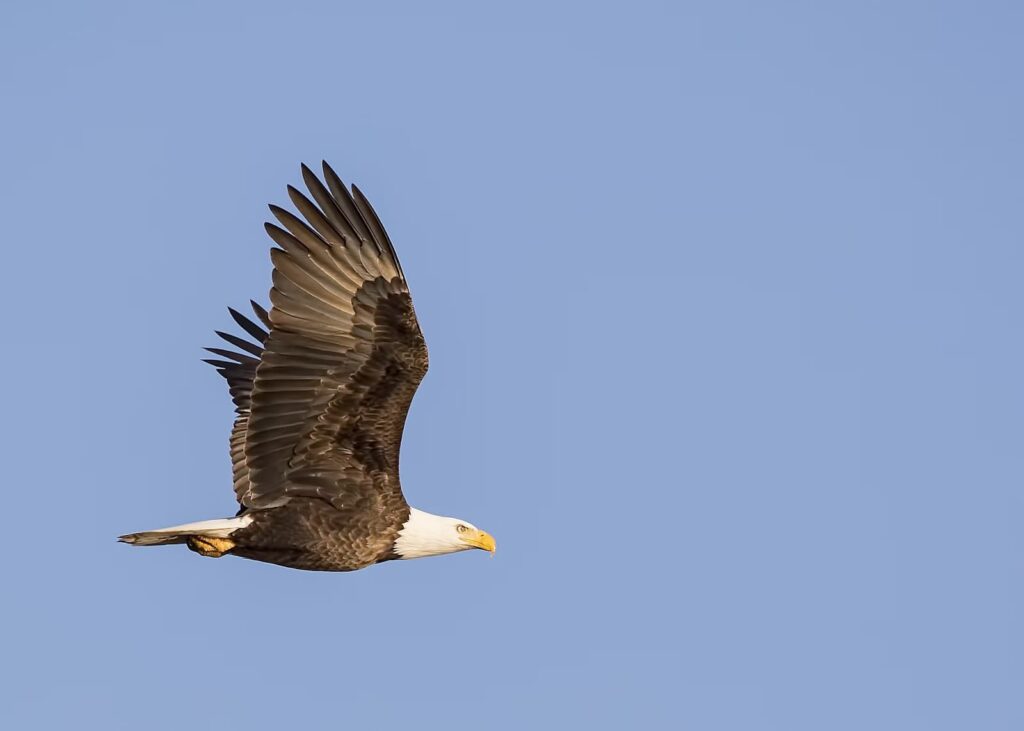
West Virginia is a birder’s paradise, home to a wide variety of songbirds, raptors, and waterfowl. Here are some notable species to look for:
Bald Eagle
These iconic birds of prey are often seen along the state’s major rivers, such as the Potomac and Kanawha. With their striking white heads and tails, bald eagles are an unforgettable sight. They hunt for fish but are also known to scavenge.
Pileated Woodpecker
This large woodpecker is known for its loud, distinctive call and striking black-and-white plumage with a bright red crest. Found in mature forests, they are often heard drumming on trees in search of insects.
Golden-Winged Warbler
A rare gem for birdwatchers, this small songbird can be spotted in shrubby areas and young forests. Its striking golden and black markings make it a standout among West Virginia’s avian residents.
Barred Owl
Known for its haunting “Who cooks for you?” call, the barred owl is a nocturnal bird often found in old forests. These owls are skilled hunters, preying on small mammals, amphibians, and reptiles.
Amphibians: Masters of Moist Habitats
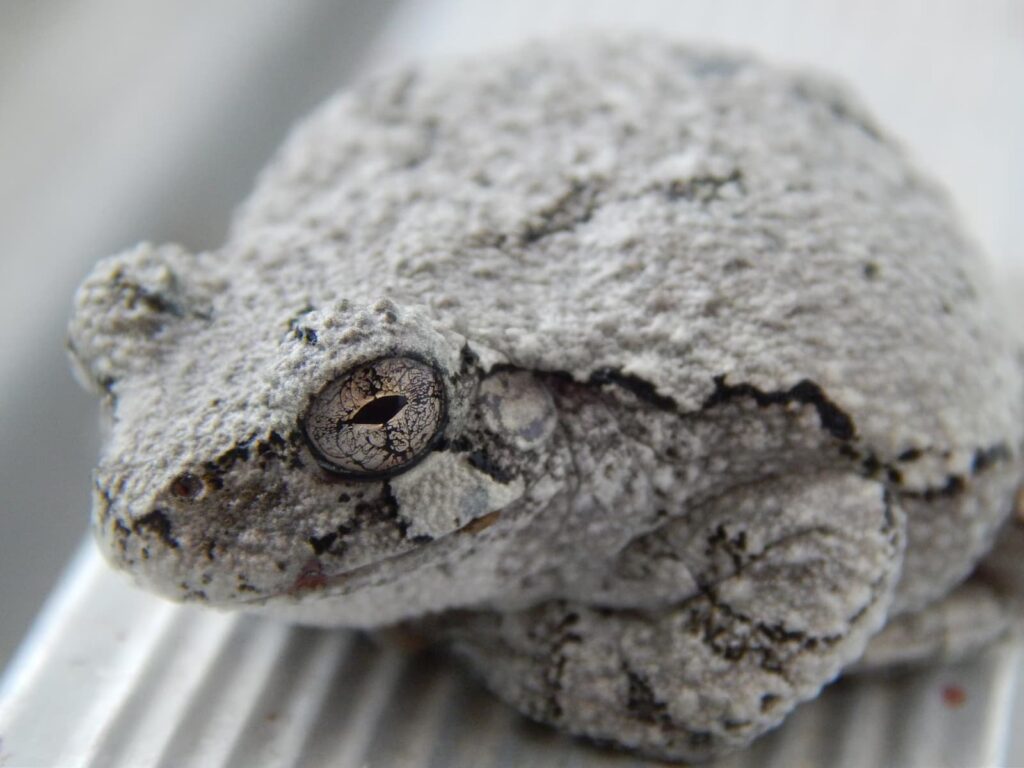
West Virginia’s abundant streams, wetlands, and forests are perfect habitats for amphibians, many of which are unique to the Appalachian region.
Cheat Mountain Salamander
Endemic to West Virginia, this rare salamander is found only in high-altitude spruce forests. Its shiny black body with white or yellow spots makes it a striking find for any wildlife enthusiast.
Hellbender Salamander
Known as the “snot otter” due to its slimy skin, the hellbender is one of the largest salamanders in North America. These nocturnal creatures live under rocks in clean, fast-moving streams and rivers.
Spring Peeper
These tiny frogs are most often heard rather than seen, their high-pitched calls signaling the arrival of spring. Found in wetlands and near ponds, they are a favorite among amphibian enthusiasts.
Reptiles: Scaled Survivors of Appalachia
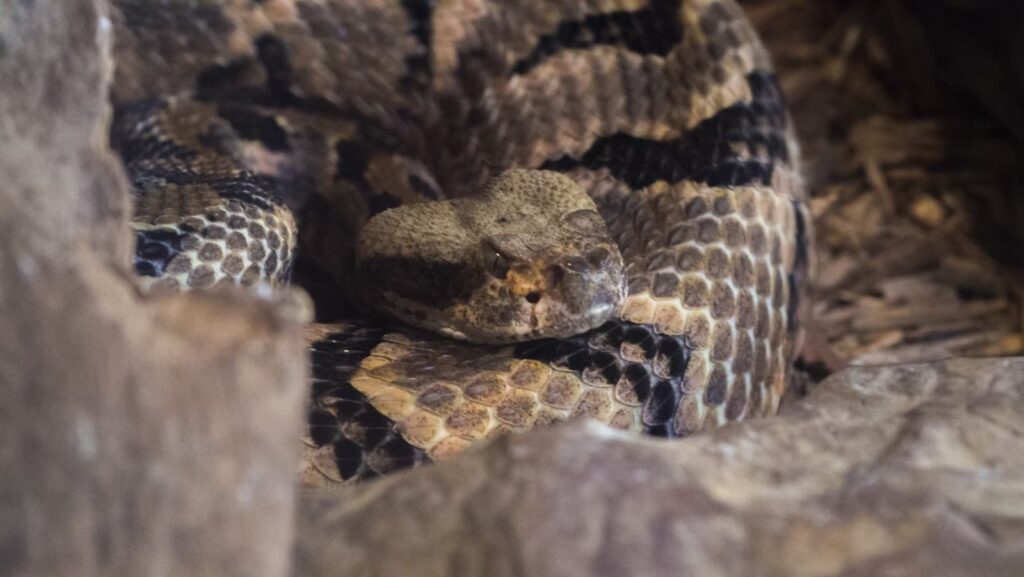
West Virginia’s reptiles include snakes, turtles, and lizards, many of which are integral to the state’s ecosystems.
Timber Rattlesnake
One of the most notable reptiles in the region, the timber rattlesnake is a venomous snake that prefers rocky outcrops and forested areas. Despite their fearsome reputation, they are generally shy and avoid humans.
Eastern Box Turtle
These terrestrial turtles are easily recognized by their domed shells and colorful patterns. They inhabit forests and meadows, feeding on a diet of insects, fruits, and fungi.
Five-Lined Skink
This small, fast-moving lizard is common in West Virginia’s forests. Juveniles are especially eye-catching with their bright blue tails, which serve as a defense mechanism to distract predators.
Fish: West Virginia’s Aquatic Riches
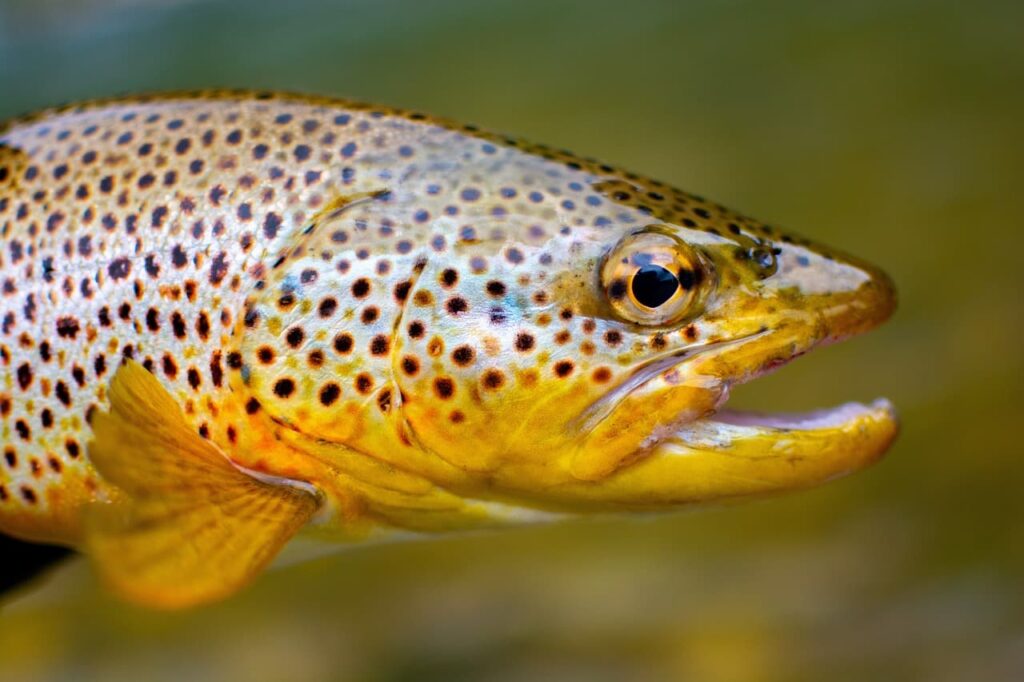
With its pristine rivers and streams, West Virginia is a hotspot for freshwater fish.
Brook Trout
The state fish of West Virginia, brook trout thrive in the cold, clear streams of the Appalachian mountains. Their vibrant coloration makes them a favorite among anglers and wildlife watchers alike.
Smallmouth Bass
Known for their fighting spirit, smallmouth bass are found in the state’s larger rivers and lakes. These fish are a popular target for recreational fishing.
Muskellunge (Muskie)
One of the largest freshwater fish in West Virginia, muskies are known as “the fish of 10,000 casts” because of their elusive nature. They inhabit rivers and reservoirs throughout the state.
Insects and Other Small Creatures
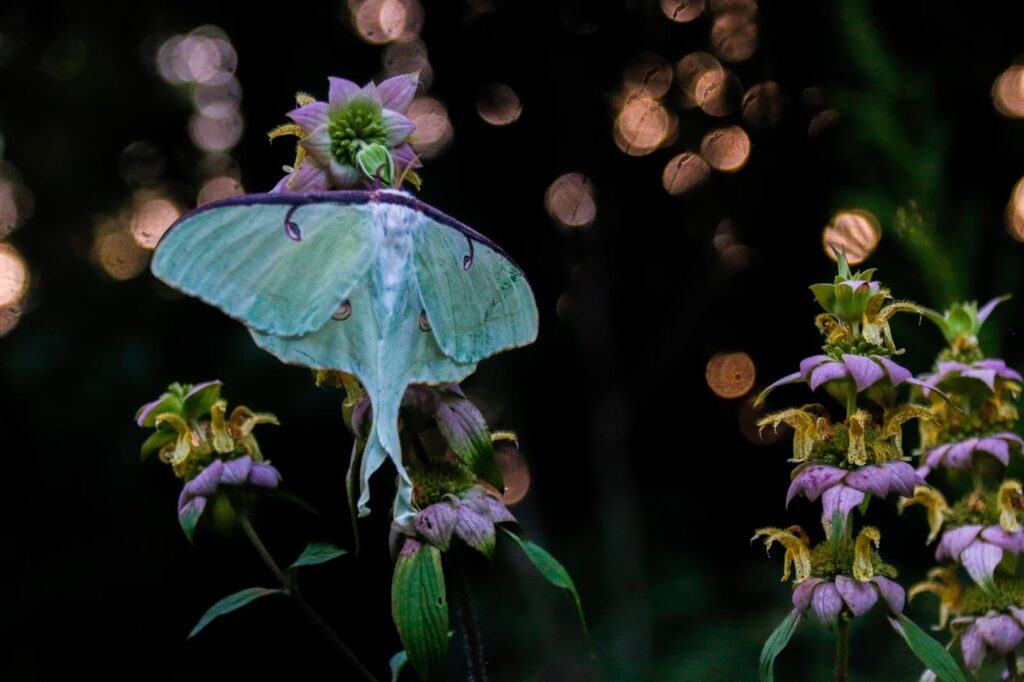
West Virginia’s smaller wildlife is just as fascinating as its larger animals.
Luna Moth
This stunning pale-green moth is one of the most recognizable insects in the state. Seen primarily in the summer, they are drawn to light and can often be spotted near forest edges.
Monarch Butterfly
During migration, monarch butterflies pass through West Virginia’s meadows and fields. Their orange and black wings make them a favorite for photographers and nature lovers.
Dragonflies
Abundant near wetlands and ponds, dragonflies play an essential role in controlling mosquito populations. Their aerial acrobatics and vibrant colors make them a delight to watch.
Diverse Habitats: Where Wildlife Thrives
West Virginia’s varied topography creates an array of habitats that support a broad spectrum of wildlife. Here are some of the key regions and what you can expect to find there:
Monongahela National Forest
This vast expanse of nearly one million acres offers everything from dense hardwood forests to high-elevation spruce stands. It’s home to creatures like black bears, wild turkeys, and an abundance of salamanders. The forest’s numerous trails and scenic vistas make it a top destination for wildlife enthusiasts.
Canaan Valley National Wildlife Refuge
The wetlands of Canaan Valley support an impressive diversity of bird species, including American woodcocks and warblers. The refuge is also a haven for mammals like beavers and foxes, which thrive in the area’s protected environment.
New River Gorge National Park and Preserve
This recently designated national park is not only a hub for adventure seekers but also a sanctuary for wildlife. The gorge’s ecosystem supports animals like bobcats, black bears, and rare species of fish found only in Appalachian streams.
Spruce Knob-Seneca Rocks National Recreation Area
With its mix of rocky outcrops and high-altitude forests, this area attracts species such as peregrine falcons and woodland warblers. The cool climate and unique geography make it a distinctive habitat in the region.
